
Proposals In Different Cultures: Amazing Engagement Customs

Marriage proposals constitute incredibly tempting moments for him and her, people who love each other and want to spend the rest of their lives together. Girls dream about this event since childhood, and men try to be careful and creative in organizing a proposal. There are various specific points for proposals depending on the culture. This article describes marriage proposal traditions around the world, so you can pick up the one or create your own to ask your partner to be a part of your life.
Japan
The land of the rising sun has its particular proposal traditions. Japan is the part of the Asia region where culture is based on the indirect expression of emotions and minds. In the past centuries, even such strict things as marriage proposals looked somehow shady. For example, a man could ask a girl whether she was ready to make miso soup for him every day. One more way to state his wish to be with her was asking whether she wants to lie in the same grave with that man. This question reflects the tradition of burying a wife in her husband’s family plot of the cemetery. Sounds besides the norms of being romantic nowadays, doesn’t it?
Today, tricky traditional questions were left outside alone. Still, one of the engagement customs is still present. Before making a proposal, both future Japanese bride and groom’s families should meet at a particular event called “yunio.” It’s a pre-engagement ceremony for bringing families together and exchanging nine gifts that symbolize things crucial for the successful marriage. These components are wealth, prosperity, happiness, healthy children, and long life together.
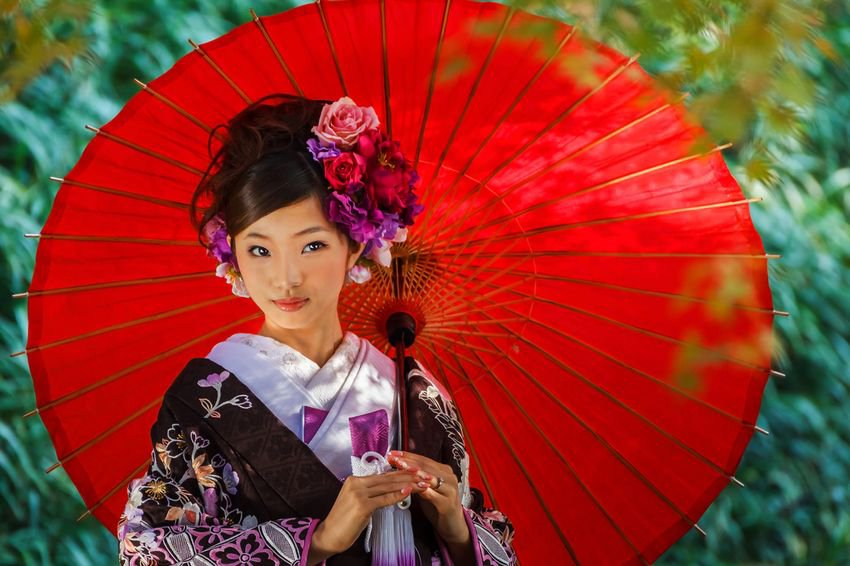
China
Chinese traditions in bringing lovers to an altar at which they can swear to live together have several stages. In the past times, those stages included many unique details. For example, a marriage proposal wasn’t possible without exchanging gifts between families and involving a matchmaker. People also used to count the possibility for a successful marriage based on astrological information and look for strange omens that would sign a marriage was going to be unhappy. The marriage preparation also included a ceremony of a bride’s bed installation that should have been done by a woman with a good fortune. In general, a marriage proposal was made by parents rather than a guy himself.
Nowadays, it’s still essential to present her family with gifts before the wedding. Still, you can ask her directly whether Chinese girl wants to marry you. Don’t hold a proposal or wedding on the 4th day of a month – it’s considered an unlucky date.
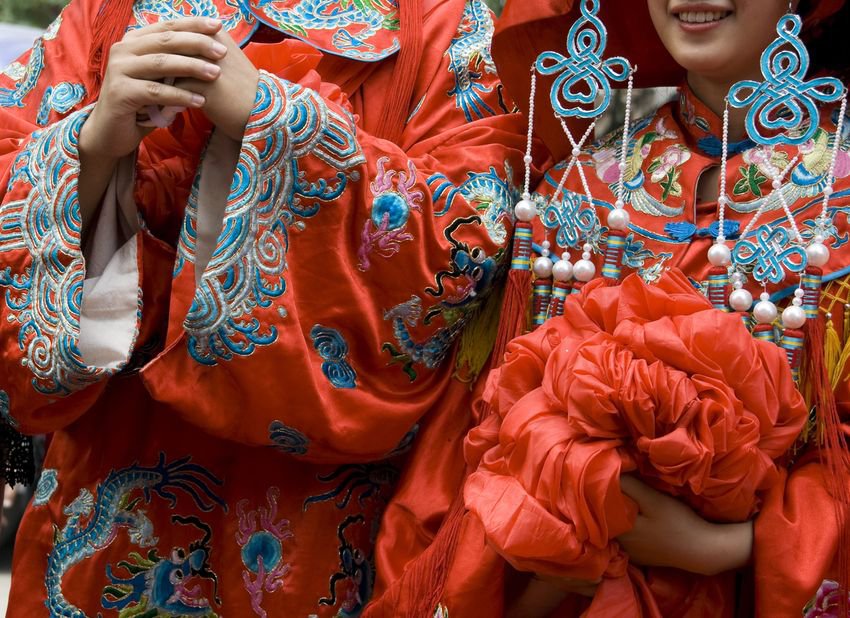
India
In the past times, for Indian families, it was important to match their children with the best partners ever. They took into consideration the practical aspects and character traits of a future spouse during matchmaking. The engagement ceremony had several steps. In the first step, a groom’s father asked a bride’s father for her hand. They both should have also stated that their children had no skeletons in closets. In case of an agreement, a bride’s father suggested a date for the wedding. It’s important to take horoscopes into consideration. Indian people believe it helps to choose a date for a successful marriage. Both sides also agreed on making a promise for the marriage named “Wagdaan.” After that, a bride worshiped a particular God for a successful marriage, and 5 women performed a special song. Then future spouses exchanged their rings.
Today, some Indian cantons still profess such traditions. For open-minded Indian people, it’s essential to bring 2 families together when a man is ready to make a marriage proposal.
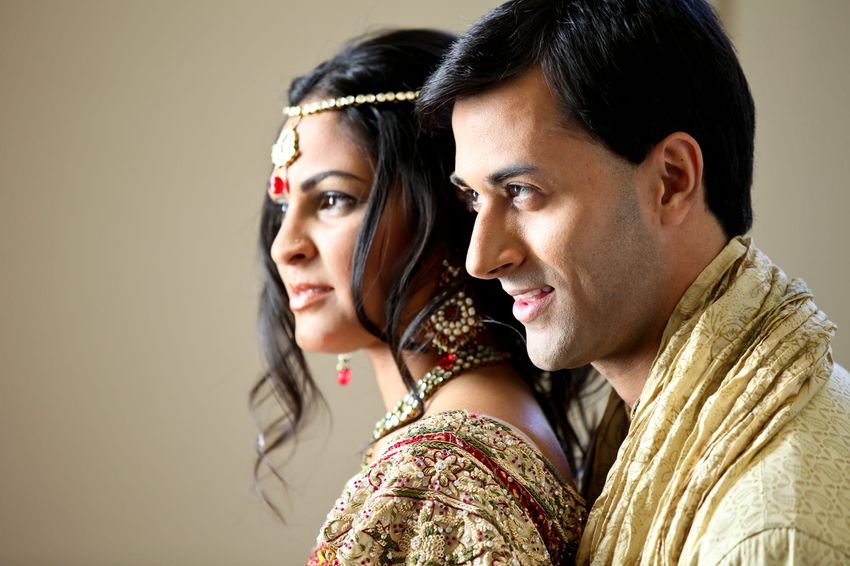
Italy
Italy is a country where parents’ decisions carry a lot of weight. A marriage proposal is one of the proofs of this statement. Before asking a girl to marry, a prospective groom should firstly ask the permission of her father. This custom is still quite regular, especially in Southern Italy. A marriage proposal practice in Italy is quite widespread. A man presents a woman with a diamond ring that embodies the eternity of love. It’s believed there should be no gold jewelry except an engagement or wedding ring for women. This event can be accompanied by a serenade, which is a part of Italian musical heritage. A woman standing on a balcony, a man (alone or with friends) singing a love song in the street – an awesome picture an Italian bride will never forget. Remember Romeo and Juliet – it might help you in expressing sincere feelings.
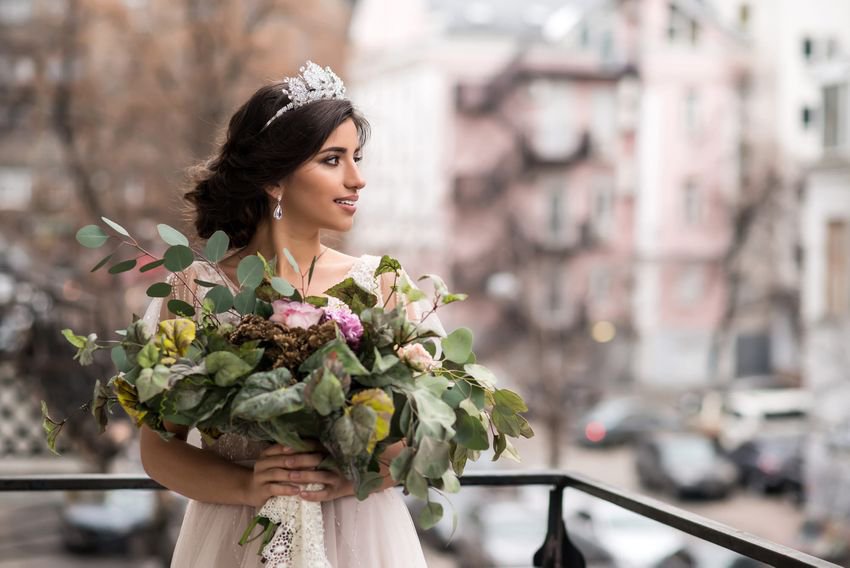
Greece
A traditional marriage proposal is a big deal in Greece. In the Greek language, engagement is called “arrabhon” or “aravonas,” namely pledge or guarantee. Before proposing a woman to share a life with him, a man should firstly seek her father’s agreement. After that, there’s a period of two families getting to know each other better. Good relations between them are a necessary component of preparing for a wedding. According to traditions, a woman should give a thing knitted by her to a groom’s family as a sign of agreement. In case of calling off an engagement, a groom’s mother returns that thing back. Along with that, some Greek engagement traditions ground on religion. Before marriage, a couple must visit a priest at least three times. A priest plays the role of an adviser who provides counseling on married life’s duties and secrets. People don’t consider a couple engaged until prospective bride and groom receive a preacher’s blessing. The next step is throwing an engagement party, at which a priest holds a small ceremony to engage young lovers.
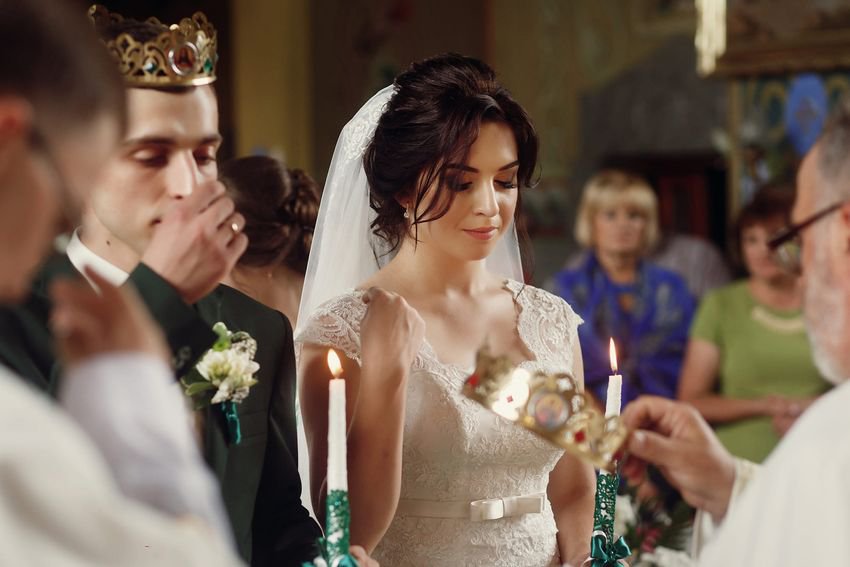
Germany
In the past centuries, engagements in Germany had unique customs and codes. It was common for men to ask a future bride’s parents for their daughter’s hand. To be sure it was going to succeed, a prospective groom could secretly visit a girl at night before coming to her parents and getting her agreement. There was a secret language too. A groom presented her family with wine or cider, and bringing glasses by a girl meant she was ready. In some regions, a girl’s family used dishes to express their decision. A sandwich stood for denial, and a pie stood for agreement. After a blessing from parents, an engagement occurred. As a dowry, German fathers used to cut trees that were planted at the date of their daughters’ birth. Also, since young age, a girl saved money to buy wedding shoes when the time comes.
In the present times, German people still remember those traditions. However, a simple ask with a ring is widespread there too.

Chile
In many countries, only a girl wears an engagement ring presented by a prospective husband. However, Chile stays aside from this tradition suggesting one of the exciting wedding ring traditions around the world. On an engagement day, both lovers should wear rings on the third fingers of their right hands. At an exceptional and tempting wedding day, they move the rings to the left hands.
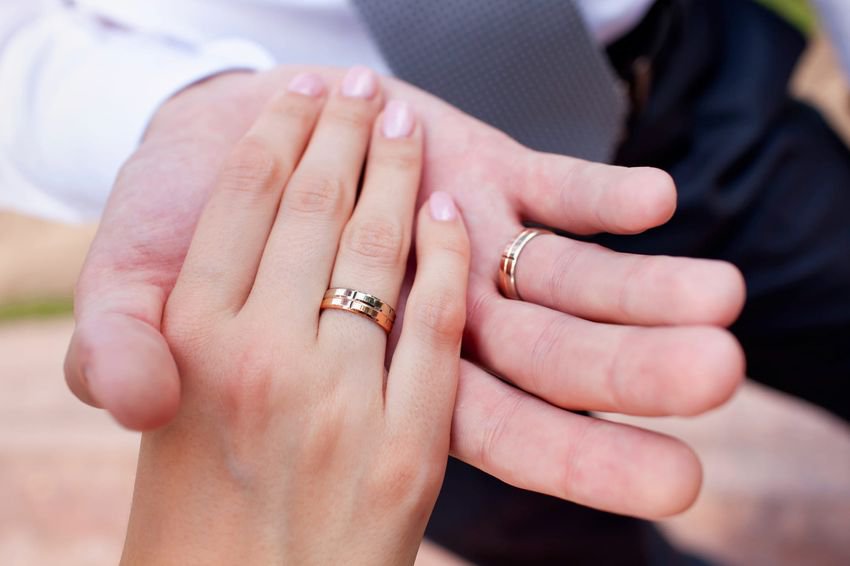
Mexico
As in many cultures, in Mexico, the role of the father is crucial for engagement. To make a Mexican girl your wife, you should approach her father for permission. The meeting on which a man does it is called “pedir.” In some regions, young men ask not only father but grandfather as well. They also tell about how they want to have their daughter or granddaughter treated in married life. It’s good to bring a man’s family to that meeting too, as it constitutes an excellent chance to bring 2 families together. In the case of getting approval, families discuss a wedding date. Before that time, young people should visit a priest for premarital advising. Nowadays, you don’t need to follow those traditions. Still, it would be a nice gesture.

Scotland
Engagement customs in Scotland are still suitable for the present times, that’s why they’re attractive to follow. At the engagement, future spouses present each other with particular silver Scottish brooches (Luckenbooth). They’re considered as tokens of love, engraved with two intertwined hearts. Later, one of these brooches appears on a first-born child’s blanket to bring luck to a kid’s life. Also, there’s a tradition for a bride’s friend to wash her feet in a tub. In the past, to make a girl a bride, a man should have passed through her father’s quest. It was called “Speerin” or “Beukin,” and its task was to test the real will. Those tasks were quite hard, so the modern guys are happy having a chance to omit them.
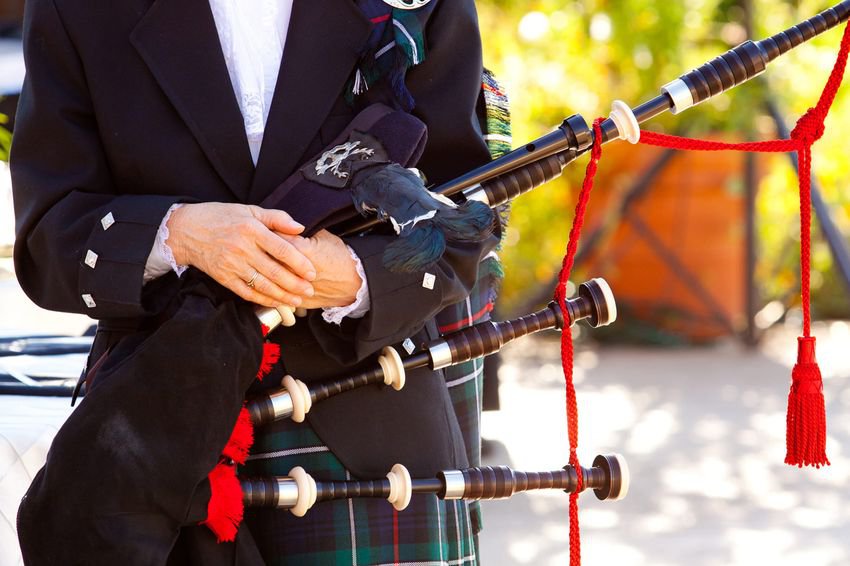
Fiji
Many cultures put a father a crucial person who makes decisions about whether his daughter is going to marry a particular man. And in many cultures, it’s important to prove to a father you’re worthy of his daughter, especially by presenting gifts. If you think it’s a problematic and burdening task, you should listen to Fiji’s engagement tradition. Perhaps, it’s one of the truly unique marriage proposals ever. Firstly, you should not only prepare gifts for her father but make them unusual and extraordinary. So, creativity is very much needed for that task. Moreover, to prove his serious intentions, a man should bring nothing less but a sperm whale tooth. In the previous centuries, a man should have killed a whale to prove his masculinity and strength. Nowadays, it’s still a valuable gift, used for engagements and apologies. The good news is that you can find them at standard shops today. Bad for whales, easy for you.
Thailand
In Thailand, families of future spouses participate a lot, making engagement of their kids. They meet to determine the way and date of an engagement ceremony. Particularly, they seek agreements from both sides and decide on a bride’s dowry. That dowry called “Sin Sod” constitutes a peculiar compensation to a bride’s family because of taking their daughter into a new family. Its amount is negotiated. In modern open-minded families, it’s used to return that dowry back after a wedding. An engagement in Thailand is called “Thong Mun,” which means gold engagement. Instead of a ring typical for the Western cultures, in Thailand, young men present their future spouses with 24-carat gold jewelry. That jewelry demonstrates a man’s capacity to provide a woman with a good life, so prospective grooms try to show their best opportunities. In some regions, engagement ceremonies are also accompanied by a “Khan Maak” procession of an engaged couple through streets and tying of white thread around the wrists of future spouses (“Sai Sin”).
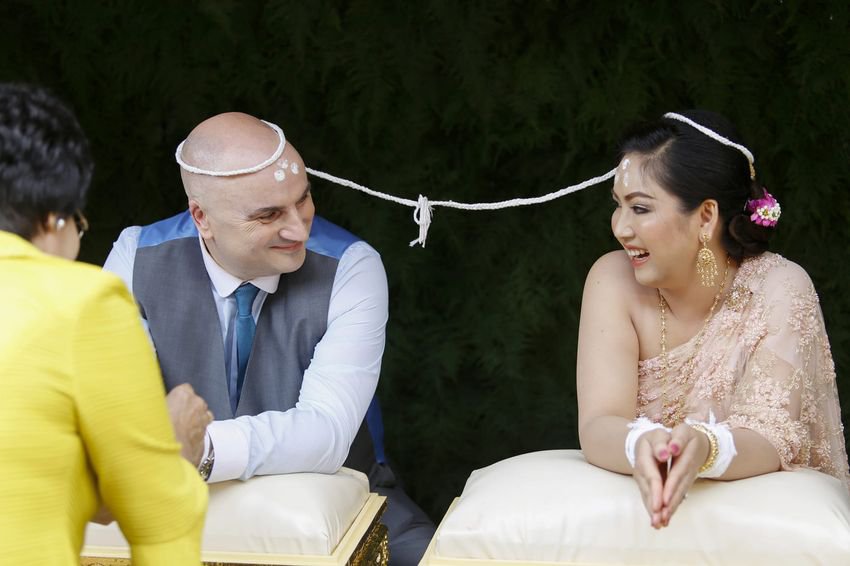
African countries
In Nigeria, a prospective groom should prove he’s desperate to make a particular girl his wife. For an engagement ceremony, families of both future spouses meet to decide on marriage conditions. During that meeting, a guy badly begs on the ground for his love’s hand. Along with that, his family gives many expensive gifts to her family in exchange for their daughter. If all is agreed, then the whole neighborhood will know it by a loud party.
In Congo, a man warns a woman’s family he’s going to come and ask for her hand. He arrives with his family. However, a future groom isn’t allowed to speak. His father or uncle represent his opinion at that meeting. A man’s family brings drinks and presents to discuss engagement issues, and at “premier vin,” namely, the event of the first wine. After having conditions settled, a bride is free to start living into a groom’s house.
In Egypt, young lovers exchange wedding rings at engagement parties and put them on their right hands. After the wedding, they change hands to left ones. According to tradition, it’s essential to announce engagement to as many people as possible. In the Egyptian streets, you might notice cars with speakers used by someone to tell the world about young people engaged.
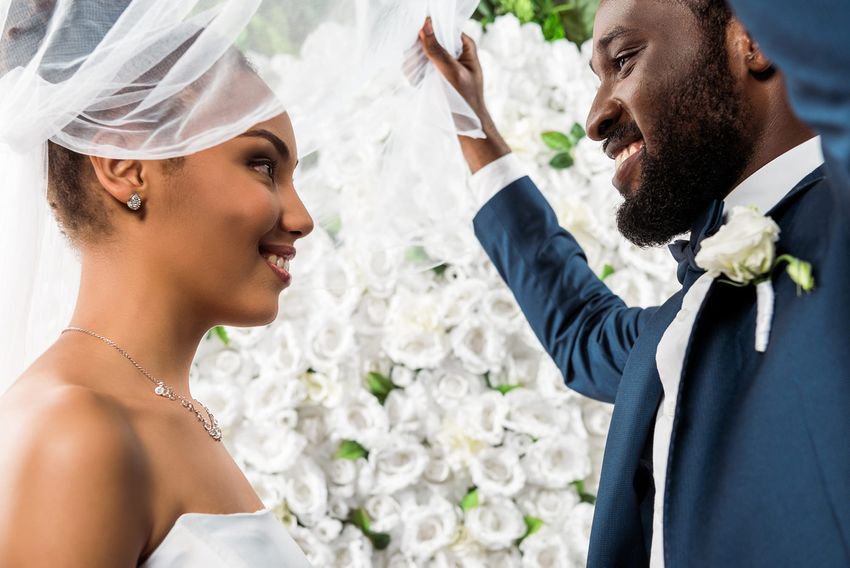
The world is enriched with numerous bright cultures containing exciting traditions for an exceptional event in people’s lives, namely engagement. Following customs isn’t only tribute to historical traditions but also a way to impress your girl and have her definite “yes.” Also, knowing the kinds of proposals in different cultures, you have an opportunity to make your unique proposal no one else has ever done to his love. Let the traditions help you to win her heart forever with an unforgettable and touching proposal!